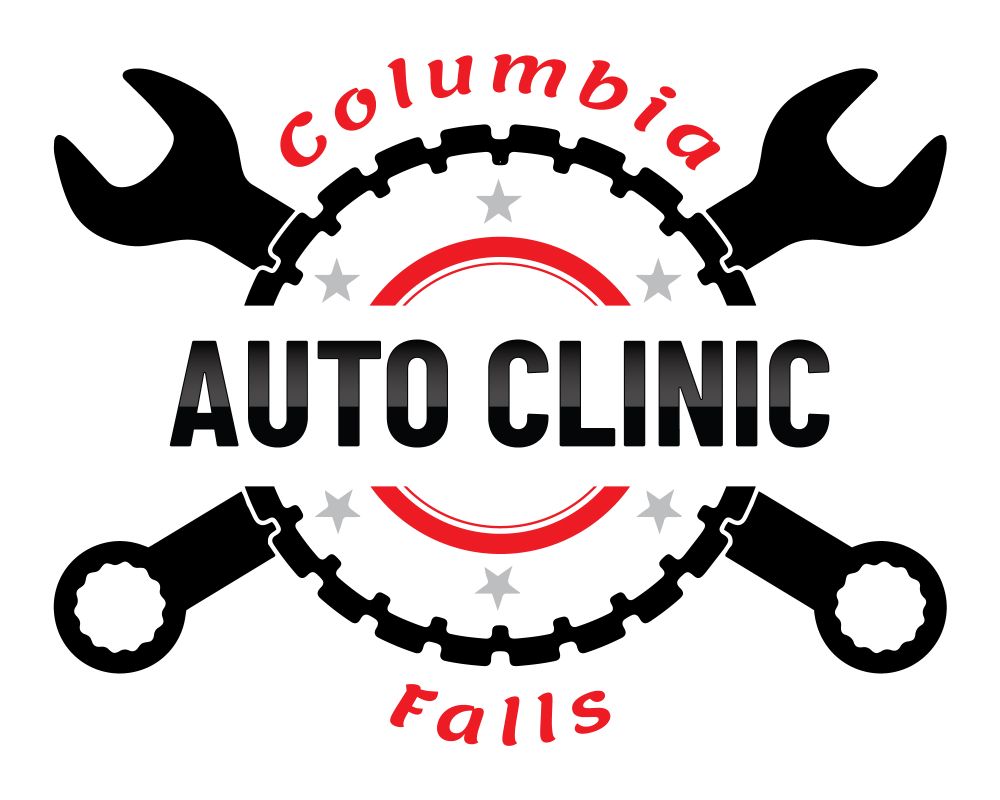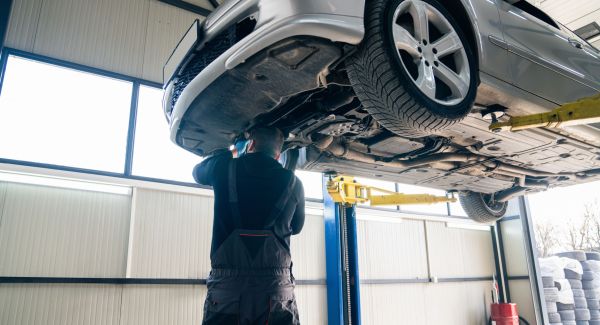Your vehicle’s suspension system is more than just a set of springs and shocks—it’s the foundation of a safe and comfortable driving experience. The suspension absorbs bumps, maintains tire contact with the road, and helps you stay in control when turning, stopping, or accelerating. But over time, suspension components wear down, and when they do, your vehicle starts to send warning signs. Recognizing these signs early can save you from expensive repairs and keep you safer on the road.
Recognize Early Signs of Suspension Failure
1. A Rough or Bumpy Ride
One of the first things you’ll notice when suspension issues arise is a change in ride quality. If your vehicle feels unusually rough when driving over bumps, or if every crack and pothole rattles through the cabin, your shocks or struts may be worn out. These components are designed to absorb road impact, when they fail, you feel every bit of it.
2. Pulling to One Side While Driving
When your vehicle consistently drifts or pulls to one side, even when you’re steering straight, it’s often linked to suspension or alignment problems. This can be caused by uneven tire wear, damaged control arms, or worn ball joints. Not only does this affect your ability to drive straight, but it also creates extra strain on your tires, wearing them out faster.
3. Uneven Tire Wear
Your suspension keeps your tires evenly planted on the road. If it’s not functioning correctly, your tires may wear unevenly, with bald spots on one side. Regularly checking your tires can give you early insight into suspension health. Uneven wear patterns often point to misalignment, bad shocks, or failing suspension components.
4. Nose Dives When Braking
If your vehicle lunges forward or “nose dives” when you hit the brakes, it’s a clear sign your suspension is compromised. Worn shocks and struts can’t control weight transfer properly, making it harder to stop safely. This issue increases your stopping distance, which can be dangerous in emergency braking situations.
5. Excessive Bouncing
A healthy suspension keeps your vehicle stable after going over a bump. To test it, push down firmly on your hood or trunk—if your vehicle bounces more than two or three times, your shocks or struts may be worn. Too much bounce means your suspension is no longer absorbing energy the way it should, leaving your vehicle unstable.
6. Steering Problems
Suspension wear can also make steering more difficult. If you notice your steering feels stiff, drifts, or requires constant correction, worn suspension parts like tie rods, bushings, or ball joints may be to blame. These issues reduce your responsiveness behind the wheel, which can be especially hazardous at higher speeds.
7. Clunking or Knocking Sounds
Strange noises, especially clunking, creaking, or knocking when going over bumps or making turns, are often tied to suspension wear. Worn bushings, loose joints, or failing struts can create excess play in the suspension, leading to these unsettling sounds.
8. Vehicle Sits Lower on One Side
If your vehicle looks like it’s sagging or sitting unevenly, this may indicate a broken spring or worn-out suspension component. A vehicle that leans or sags is not only uncomfortable to drive but also dangerous, as it affects handling and stability.
Why Early Detection Matters
Ignoring suspension problems doesn’t just make your ride uncomfortable, it puts your safety at risk. A failing suspension reduces traction, increases stopping distance, and makes your vehicle harder to control. Addressing these issues early with the experts at Columbia Falls Auto Clinic not only prevents larger, costly repairs but also ensures you and your passengers stay safe on the road.
Pay Attention to Suspension Issues in Your Vehicle
Your suspension system plays a critical role in your vehicle’s performance and safety. By paying attention to changes in ride quality, steering response, and tire wear, you can catch suspension failure signs early. If you notice any of these symptoms, don’t wait—schedule a professional inspection at Columbia Falls Auto Clinic before the problem worsens.

